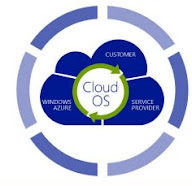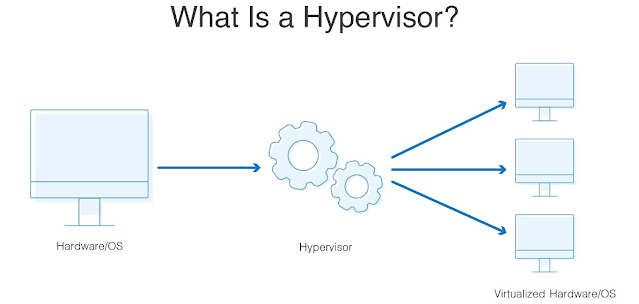The Benefits of Using SSH: Security, Encryption, and Authentication
Secure Shell (SSH) is a network protocol that provides a secure way to access remote systems over an unsecured network. SSH offers many benefits, including security, encryption, and authentication. In this blog, we will explore these benefits in detail.
- Security:
One of the primary benefits of SSH is its security. SSH provides a secure
way to access remote systems by encrypting all data sent between the
client and the server. This encryption ensures that any data intercepted
by attackers is unreadable and protected from tampering. SSH also supports
several authentication methods to ensure that only authorized users can
access the system.
- Encryption:
Another benefit of SSH is encryption. SSH encrypts all data sent between
the client and the server, making it impossible for attackers to intercept
and read the data. SSH uses strong encryption algorithms, such as AES and
3DES, to ensure that the data is protected.
- Authentication:
SSH supports several authentication methods, including password-based
authentication, public key authentication, and multi-factor
authentication. Password-based authentication involves the user entering a
password to authenticate with the server. Public key authentication
involves the user generating a public-private key pair and sending the
public key to the server for authentication. Multi-factor authentication
involves the user providing additional authentication factors, such as a
smart card or biometric data, to authenticate with the server. These
authentication methods ensure that only authorized users can access the
system.
- Port
Forwarding: SSH can also be used for port
forwarding, which allows users to access services on a remote server as if
they were on their local machine. This is useful for accessing remote
services that are not directly accessible over the internet or for
securely accessing services over an unsecured network.
- File
Transfer: SSH can also be used for
secure file transfer between systems. The SSH protocol includes a secure
file transfer (SFTP) protocol that allows users to transfer files securely
between systems. This is useful for transferring sensitive files between
systems securely.
These benefits make SSH an essential tool for
system administrators and developers who need to access and manage remote
systems and services securely.
SSH works by establishing a secure
connection between a client and a server. The connection is encrypted, which
ensures that all data sent between the client and the server is protected from
eavesdropping and tampering. Here is a step-by-step explanation of how SSH
works:
- The
client sends a request to the server to establish a connection.
- The
server responds with its public key and a list of encryption algorithms
that it supports.
- The
client generates a random session key and encrypts it using the server's
public key.
- The
encrypted session key is sent back to the server.
- The
server uses its private key to decrypt the session key.
- Once
the session key is decrypted, the client and server use it to encrypt and
decrypt all data sent between them.
- The
client and server perform a key exchange to establish a shared secret that
they can use to encrypt and decrypt data.
- The
client and server negotiate a set of encryption algorithms and other
parameters to use during the session.
- The
client and server authenticate each other using one of several
authentication methods, such as password-based authentication, public key
authentication, or multi-factor authentication.
- Once
the client is authenticated, it can access the server's resources
securely.
SSH can be used for a variety of purposes, including remote system administration, file transfer, and tunneling. It is widely used by system administrators and developers to access and manage remote servers and services securely.




Comments
Post a Comment